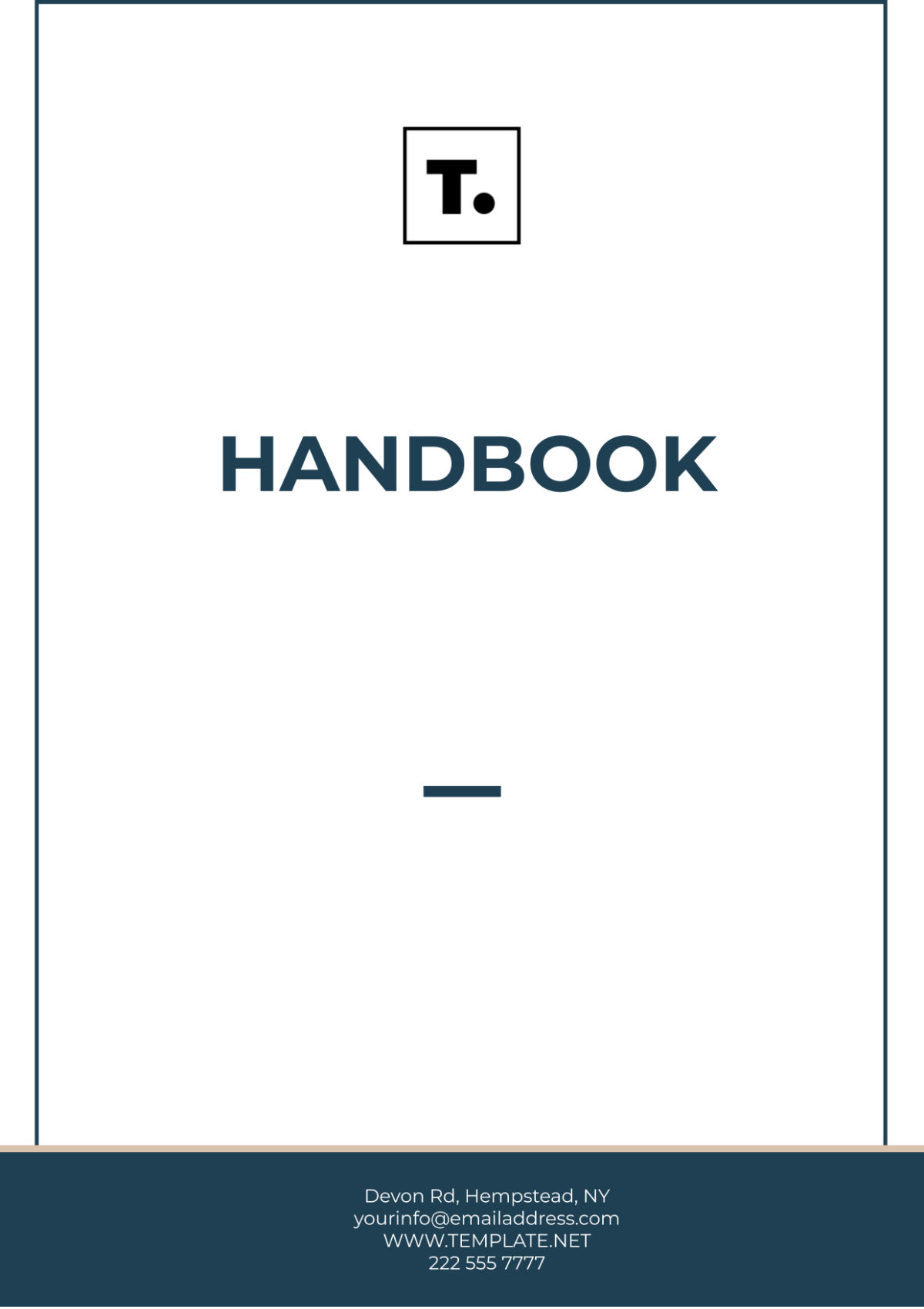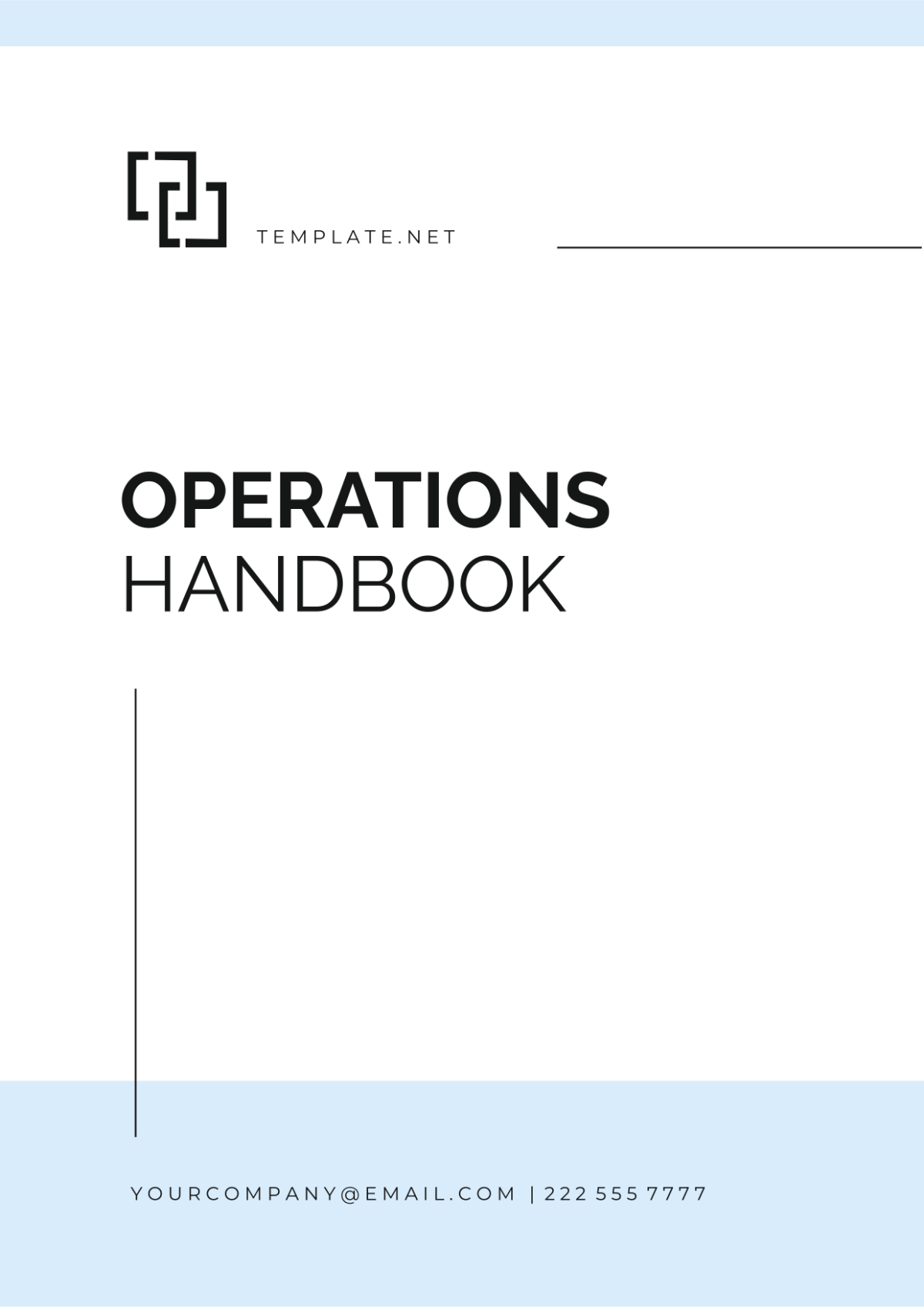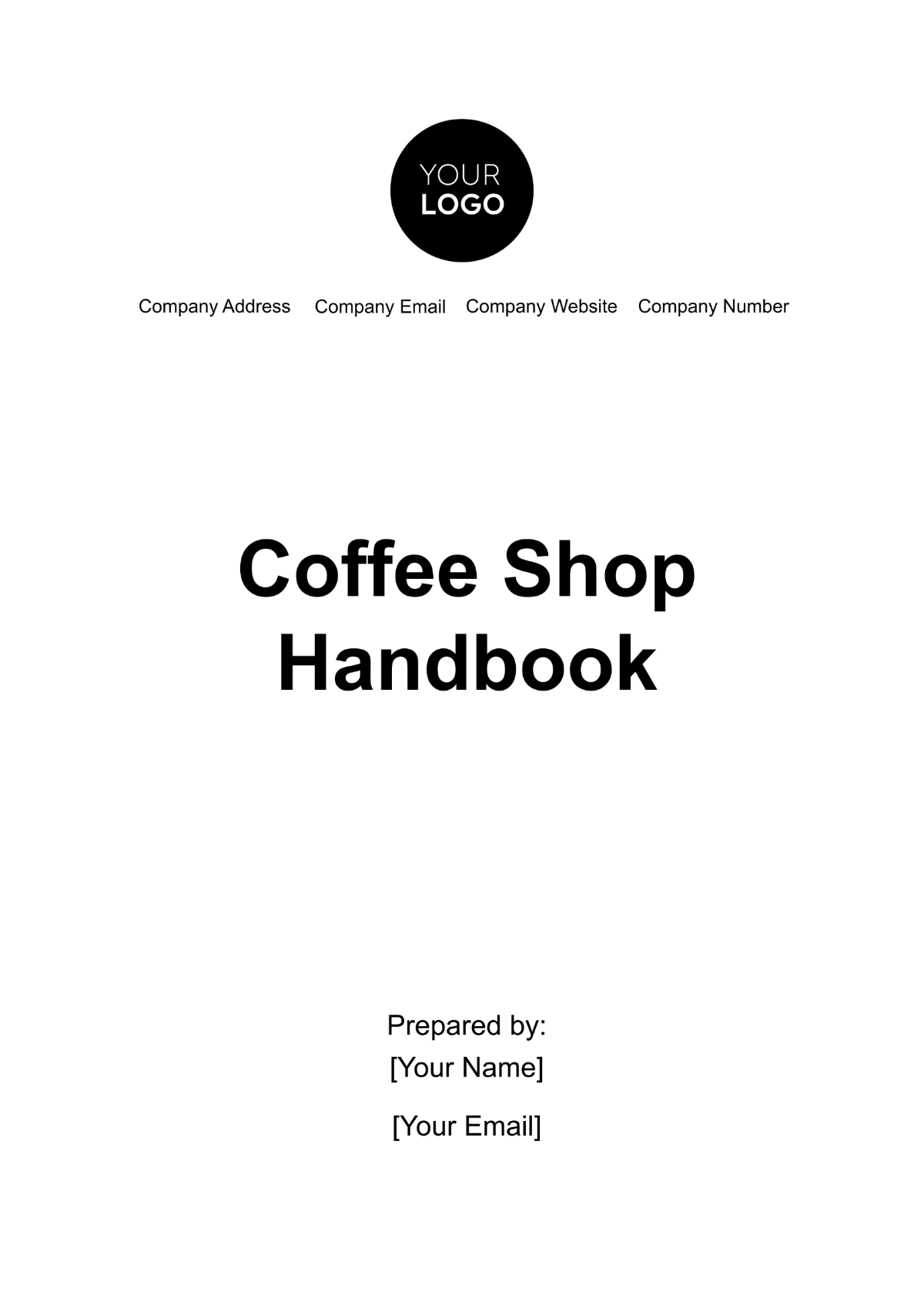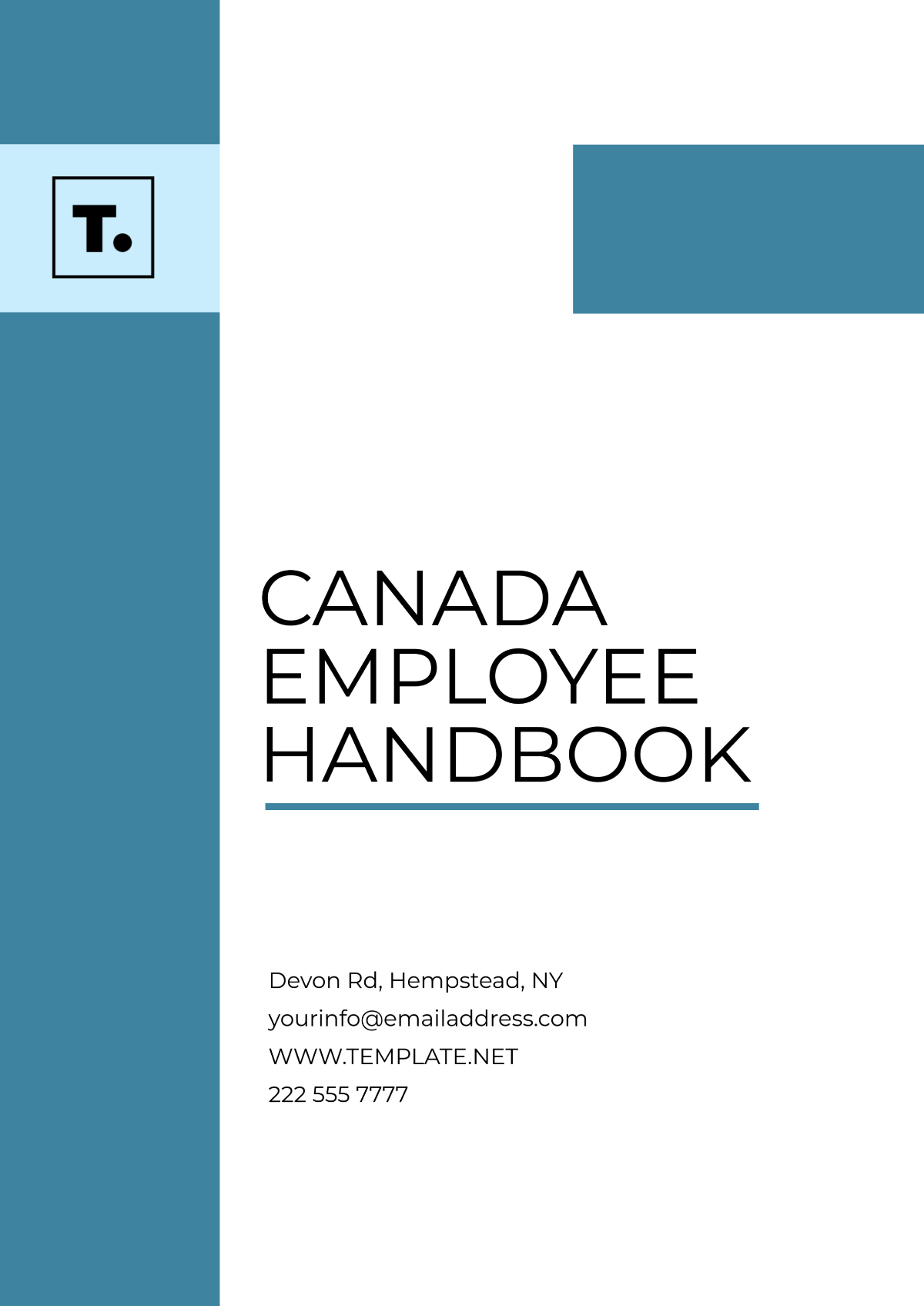Handbook Chapter Outline
Prepared by: [Your Name]
1. Introduction
In this chapter, we aim to comprehensively introduce the overarching purpose and the critical importance of establishing a well-structured framework for a handbook. We will delve into a thorough discussion concerning the manifold benefits that such a framework provides, advantages that extend to both authors and readers alike. Specifically, for authors, a structured framework facilitates a more organized and systematic approach to composing and presenting content. For readers, it results in significantly enhanced readability of the material, making the handbook much simpler to understand and navigate. Additionally, it aids in the efficient retrieval of information, thereby allowing readers to quickly and easily find the specific details or sections they require without undue confusion or delay. Our discussion will explore these advantages in detail to underscore the value that a structured framework brings to a handbook.
2. Understanding the Audience
2.1 Identifying Target Audience
This document provides a detailed overview of the process of identifying the intended audience for the handbook. It covers the collection of demographic information and the assessment of specific needs to ensure the content is appropriately tailored. By defining who the handbook is for, the guide aims to address the targeted audience effectively and meet their particular requirements.
2.2 Assessing Reader's Knowledge Level
A discussion will be held to gain a comprehensive understanding of the current knowledge and skill levels of the audience so that the content can be specifically tailored to meet their needs and enhance their learning experience.
3. Defining the Objectives
3.1 Setting Clear Objectives
A detailed description and step-by-step guide on the methods and strategies for setting clear, specific, measurable, attainable, relevant, and time-bound objectives to be included in the handbook.
3.2 Aligning Content with Objectives
Detailed instructions and recommendations on how to ensure that the content included in the handbook is in alignment with the pre-determined and established objectives.
4. Structuring the Content
4.1 Creating an Outline
A comprehensive guide that provides step-by-step instructions for creating an outline, which ensures that the content is organized clearly and logically.
4.2 Breaking Content into Chapters and Sections
Details on how to effectively partition the content into manageable chapters and sections to enhance overall readability.
4.3 Using Headings and Subheadings
Importance of Headings
Explanation of why headings are crucial for organizing content.
Consistent Formatting
Tips on maintaining consistent formatting throughout the handbook.
5. Writing the Content
5.1 Writing Styles and Tone
The conversation focused on selecting the most suitable writing style and tone that would best resonate with and be appropriate for the intended audience.
5.2 Ensuring Clarity and Conciseness
Methods that can be employed to guarantee that the material presented is not only unambiguous and straightforward but also succinct, thereby making it easily comprehensible for the intended audience.
5.3 Providing Examples and Illustrations
Use of Visual Aids
Guidance on incorporating diagrams, charts, and other visual aids to enhance understanding.
Examples and Case Studies
Suggestions on including examples and case studies to illustrate key points.
6. Reviewing and Revising the Content
6.1 Peer Reviews
The significance of having colleagues examine and assess the content lies in the dual purpose of guaranteeing both its accuracy and its clarity. This peer review process is essential because it helps to identify and correct any factual errors, ensuring that the information presented is precise and reliable. Additionally, it provides an opportunity to enhance the content's clarity, making sure that the ideas and messages are easily understood by the intended audience.
6.2 Editing and Proofreading
The comprehensive steps to be followed meticulously for editing and proofreading a document are essential for thoroughly eliminating errors and significantly enhancing the overall readability and clarity of the text.
7. Publishing and Distribution
7.1 Choosing the Right Format
An in-depth discussion on the various available formats, including both print and digital options, and a comprehensive guide on how to effectively choose the most appropriate one to suit the specific needs and preferences of your audience.
7.2 Distribution Channels
A comprehensive guide on how to effectively select and utilize the most appropriate distribution channels to successfully reach and engage the intended target audience.
8. Conclusion
By thoroughly discussing and summarizing the key points within the handbook, one can emphasize and bring attention to the significant importance of establishing and adhering to a structured framework. A structured framework is critical because it sets the foundation for the successful and effective creation of a handbook. Following such a framework ensures that the process remains organized, which, in turn, contributes to the final product being comprehensive and useful. This structured approach not only helps in maintaining clarity and consistency throughout the development of the handbook but also guarantees that all necessary topics are covered. As a result, the handbook produced will be a valuable resource that meets its intended purpose and serves its audience effectively.

















































